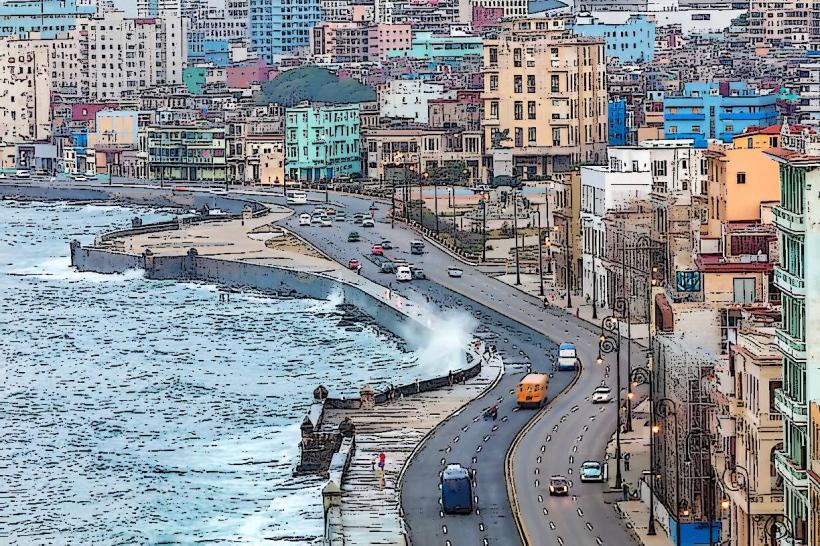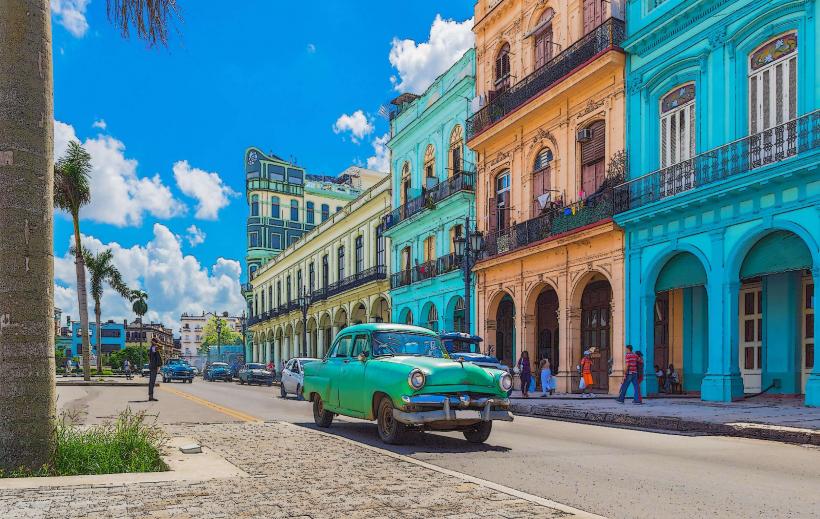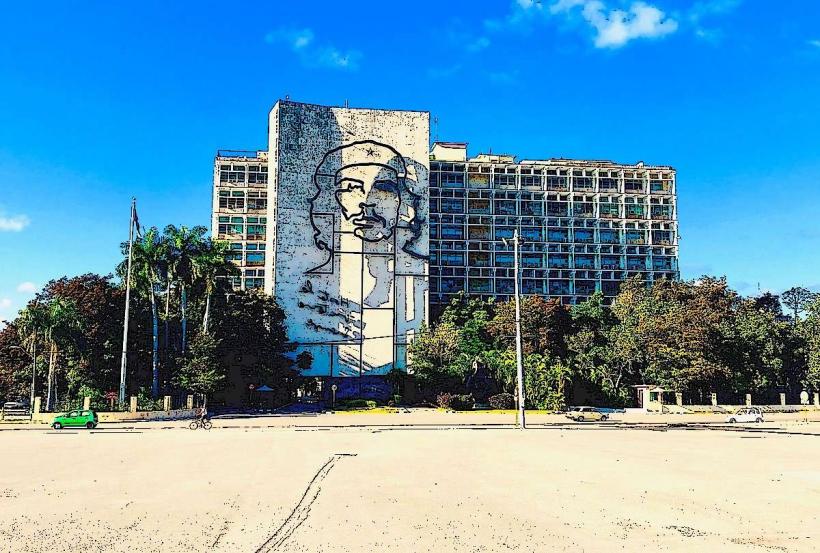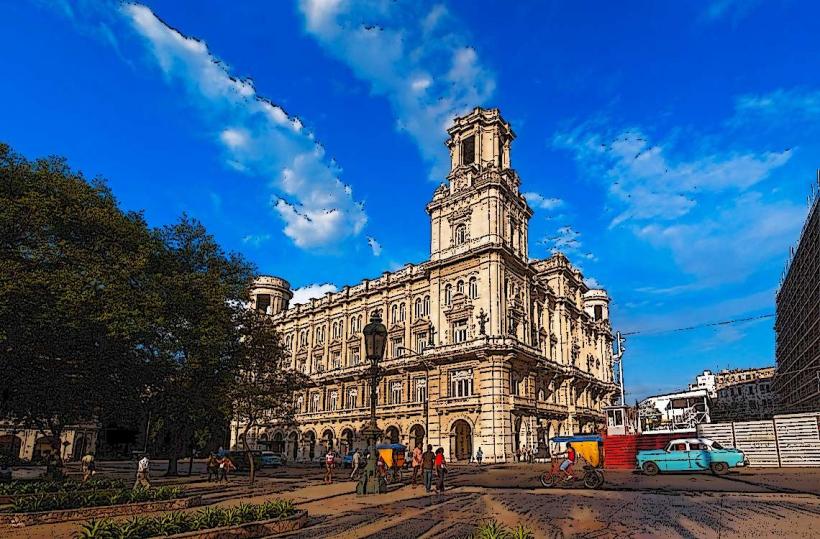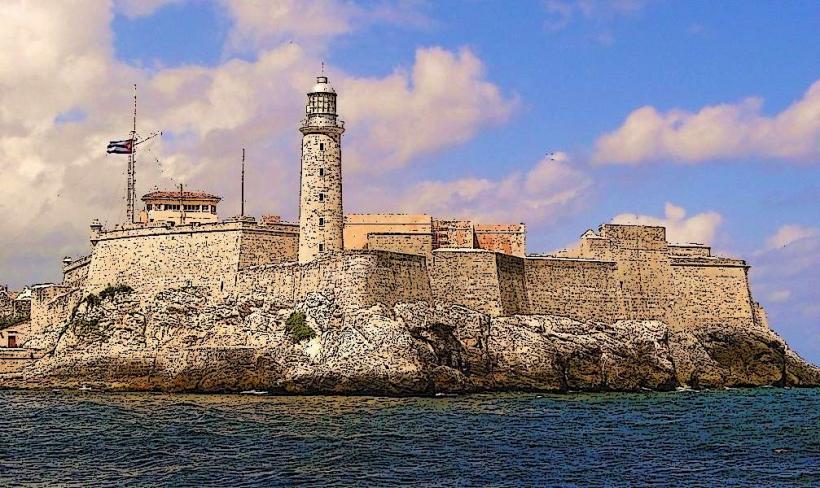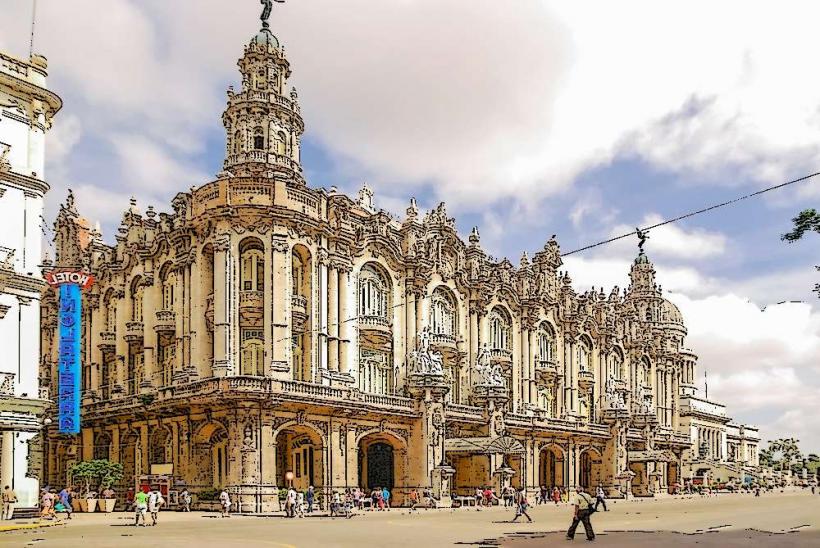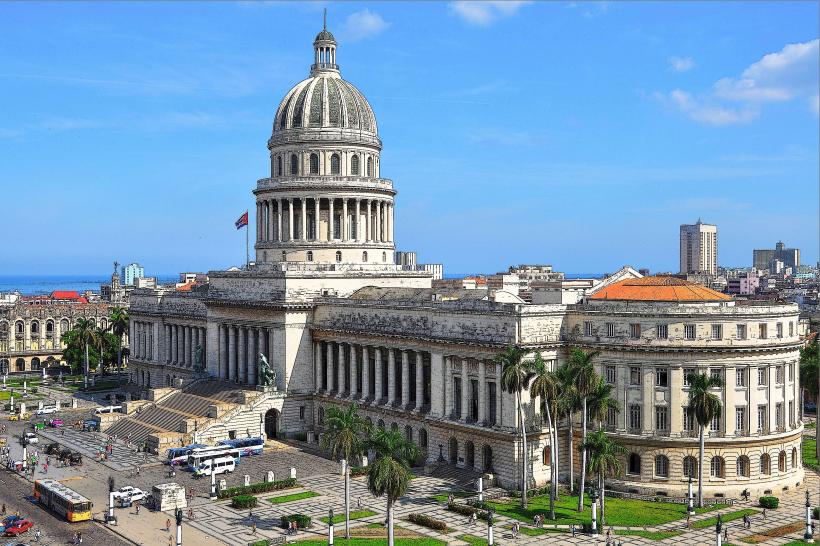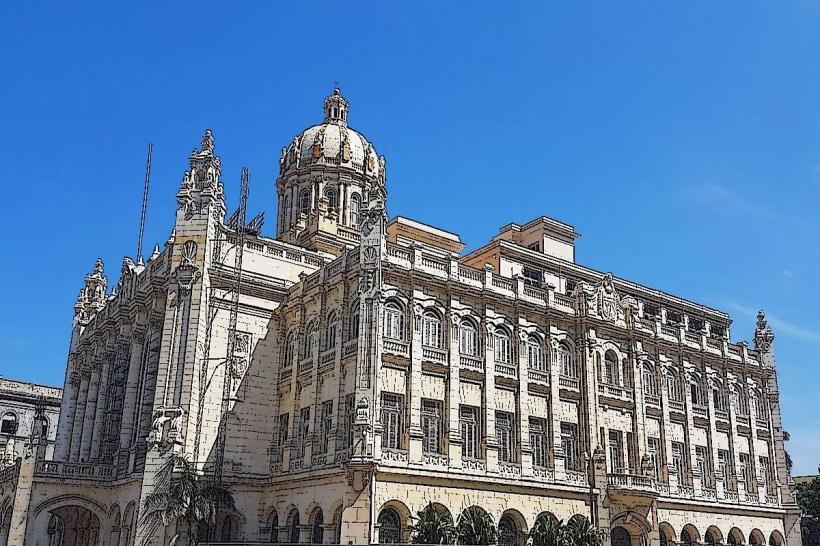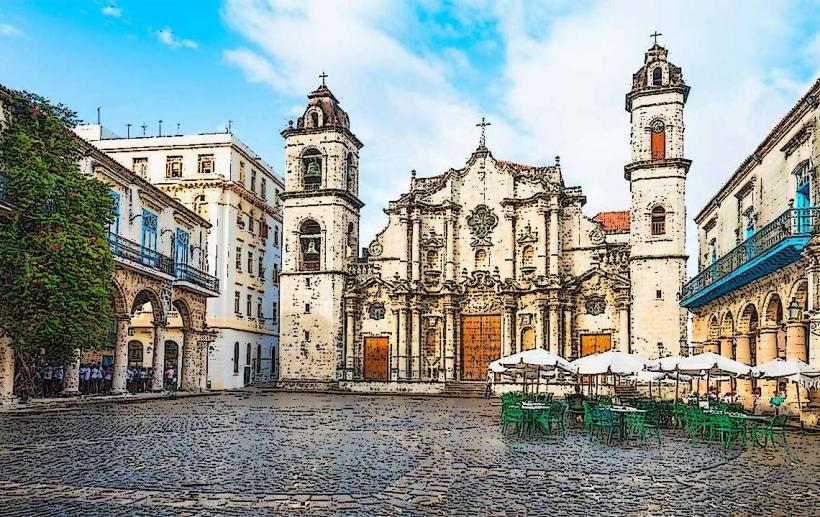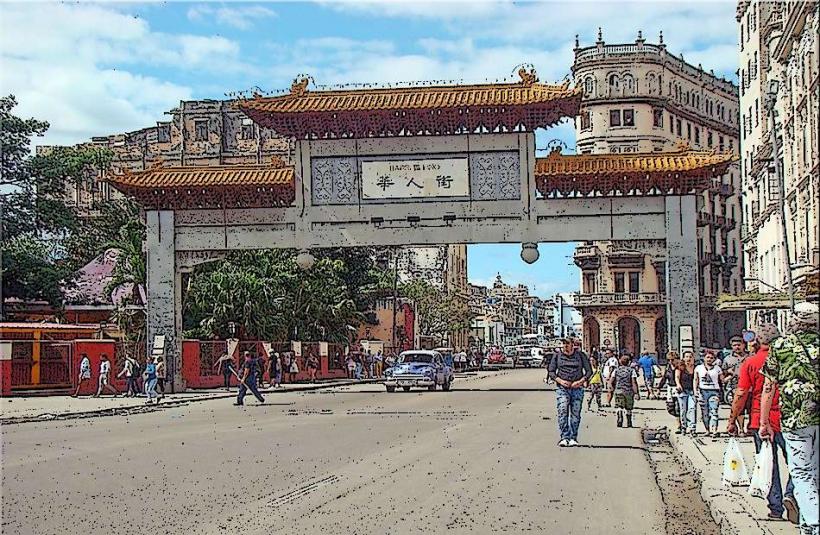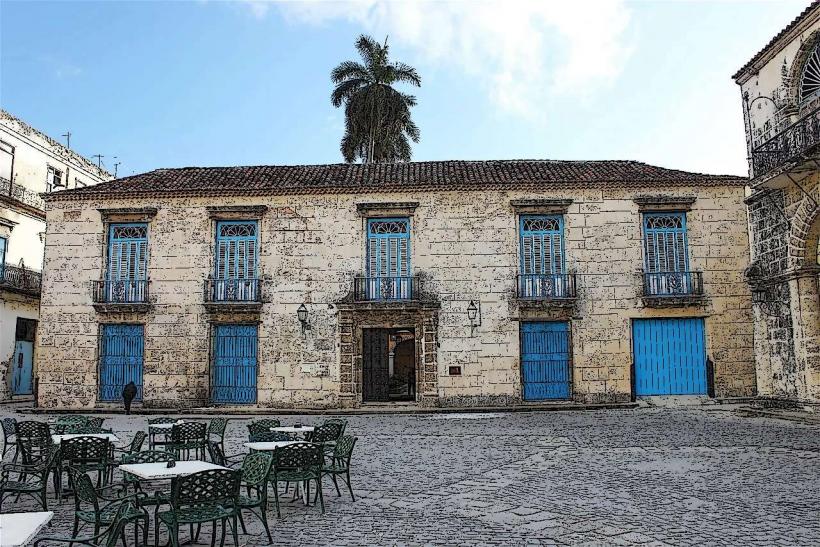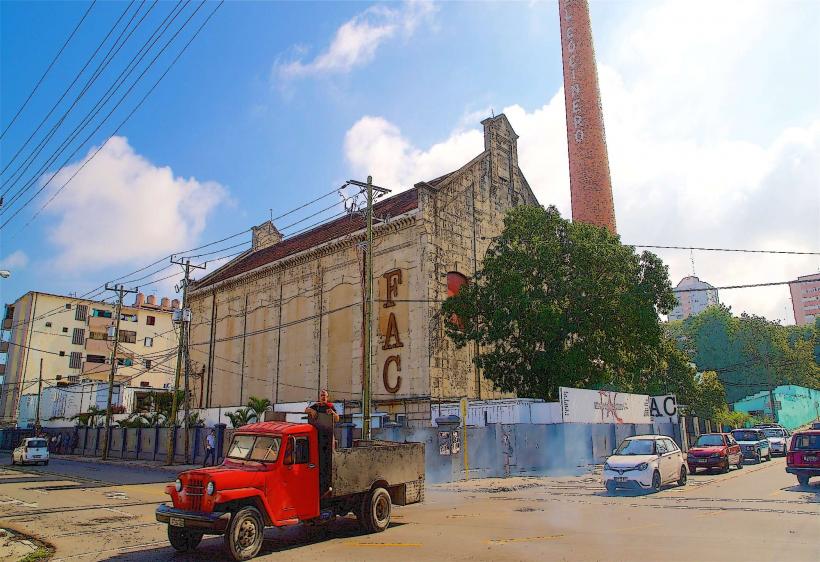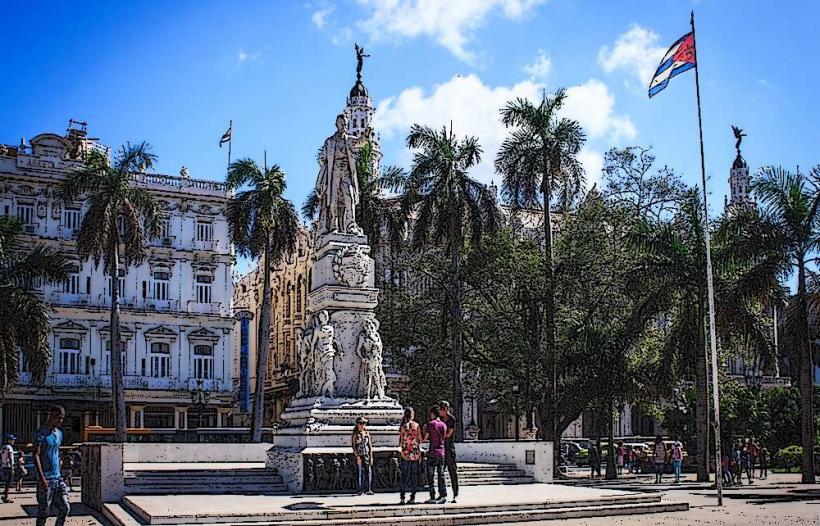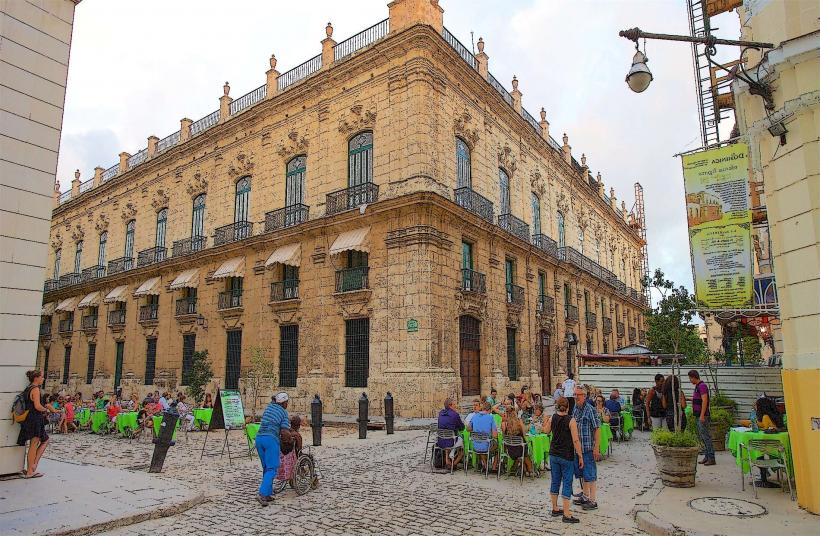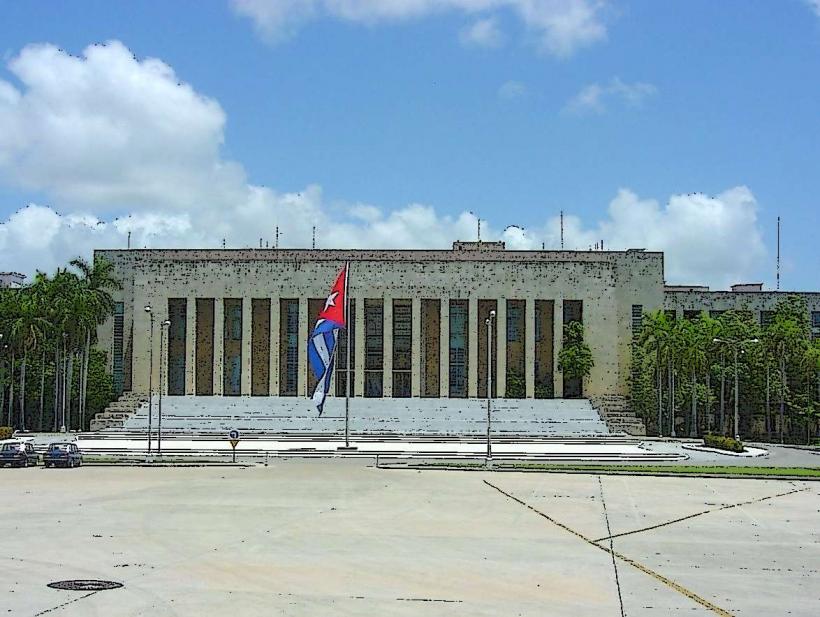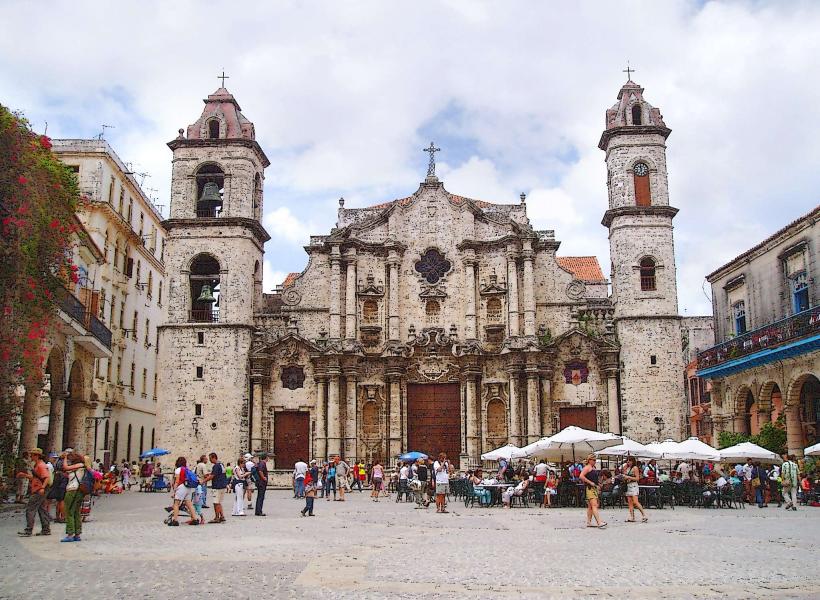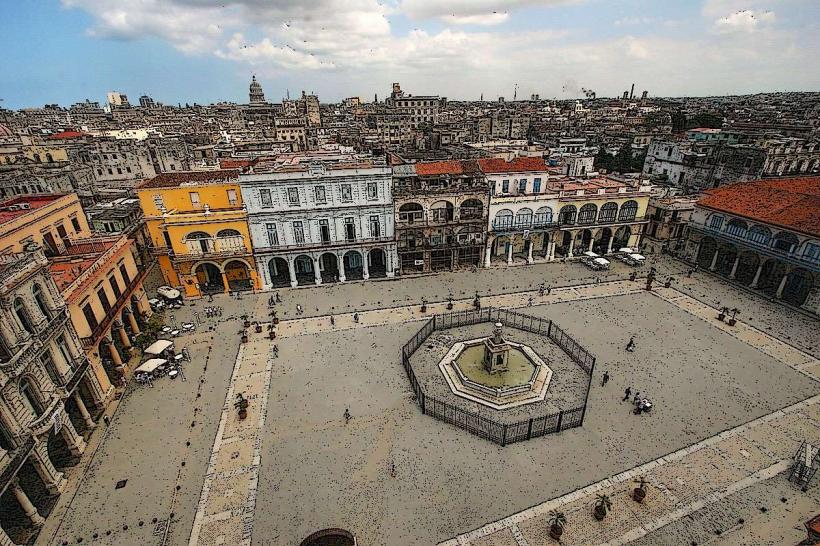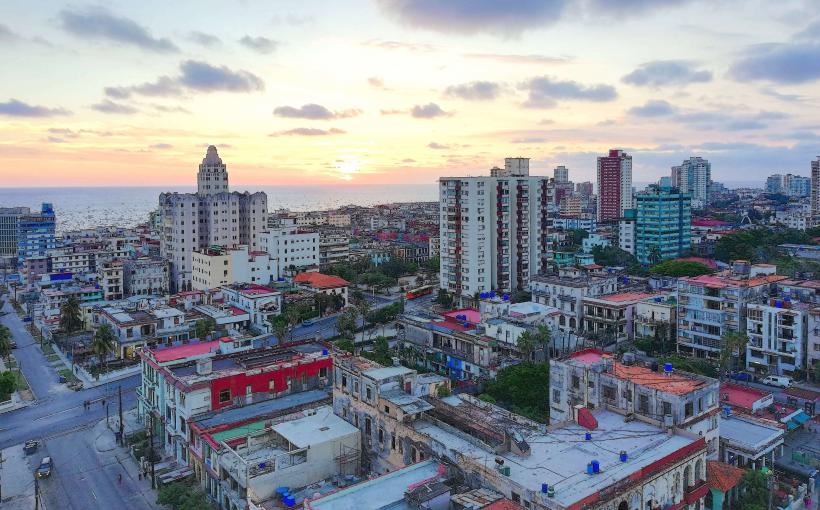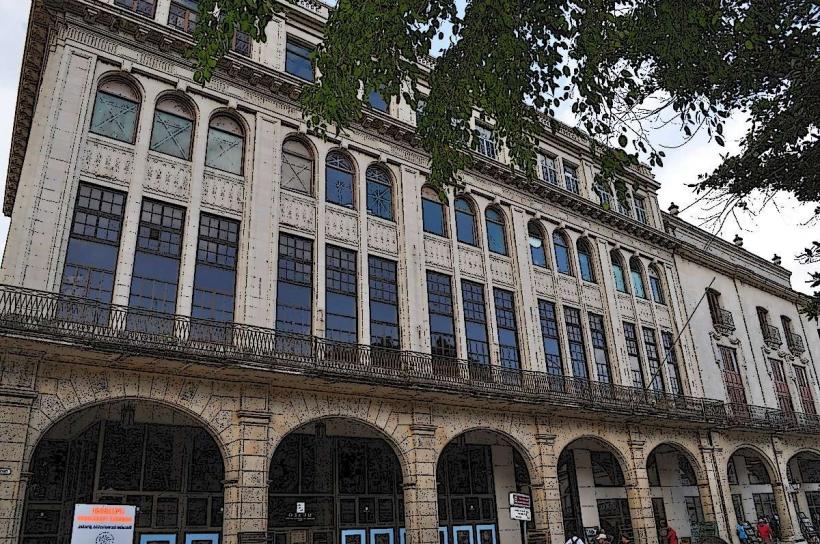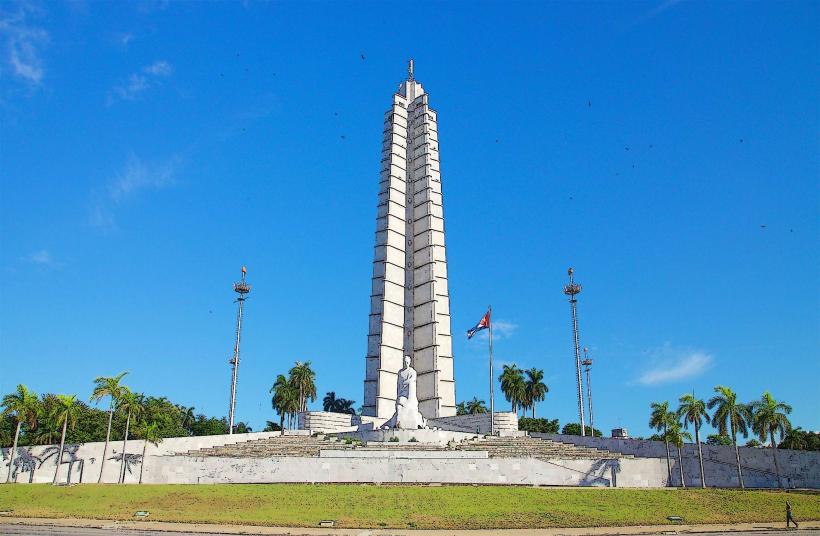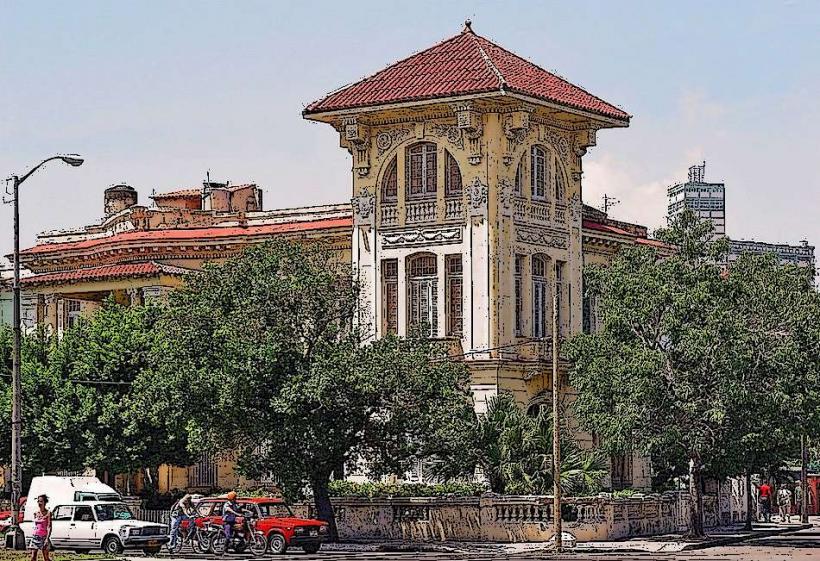Information
Landmark: El Cristo de La HabanaCity: Havana
Country: Cuba
Continent: North America
El Cristo de La Habana is a monumental statue of Christ the Redeemer that stands prominently on a hill overlooking the Harbor of Havana. The statue is one of the most recognizable landmarks in Havana and serves as both a religious symbol and a symbol of Cuban pride. Its location and size make it a distinctive feature of the city’s skyline, offering breathtaking views of the harbor, the city, and the surrounding area.
History and Significance
El Cristo de La Habana was completed in 1958, during the Cuban Revolution, under the guidance of Cuban sculptor Jilma Madera. The statue was commissioned by the Cuban government to serve as a symbol of the nation’s Catholic heritage, and it stands as a tribute to Christian faith, peace, and hope. Despite the fact that Cuba is a secular state with a complex history involving religious tensions, the statue has become a widely recognized symbol of Cuba and its spiritual and cultural identity.
Inspiration and Creation: The statue was inspired by the Christ the Redeemer statue in Rio de Janeiro, Brazil, but with a distinct Cuban twist. It was built in response to the requests of the Cuban people for a monumental religious sculpture that would represent their faith in the context of the Cuban landscape. The artist, Jilma Madera, spent several years perfecting the design, which was originally intended to be placed on the Havana coastline to ensure its visibility from various parts of the city.
Symbolism: The Christ the Redeemer statue stands as a symbol of the Christian faith, Cuban identity, and hope for peace. It is often seen as a figure of spiritual protection over the city, offering a sense of guidance and blessing for the people of Havana. The positioning of the statue with outstretched arms also evokes a feeling of welcoming, symbolizing openness and a spirit of unity.
Design and Features
The statue stands at a height of approximately 20 meters (66 feet), making it one of the tallest statues in Cuba. It is situated on Cerro de la Cabaña, a hill that overlooks the harbor, which provides a commanding view of the city and its waterfront.
The Statue: The figure of Christ in the statue is depicted with outstretched arms, conveying a sense of embrace and protection. The figure’s posture is similar to that of the famous Christ the Redeemer in Rio de Janeiro, though it has a distinct Cuban style and proportion. Christ is clothed in a traditional robe, and his facial expression is serene and compassionate.
Material: The statue is made of reinforced concrete, and it has been carefully sculpted to ensure its durability and resilience to weather conditions, given its exposure to the elements. The statue’s construction incorporates local materials, which further ties it to Cuban identity.
Location: The statue is located on the Cerro de la Cabaña (Cabaña Hill), a historic military fortress that was once part of Cuba’s defense system. The hill offers one of the best panoramic views of Havana, including views of the Havana Harbor, the Old Havana (Habana Vieja) district, and the Malecón. The statue is easily visible from various points in the city, including from the waters of the harbor itself.
Cultural and Religious Importance
El Cristo de La Habana holds deep religious significance for many Cubans, particularly those who identify with the Catholic faith. It is often seen as a beacon of hope and guidance, especially in the face of the political and social changes that have shaped Cuba's history.
Spiritual Role: For the Cuban people, the statue represents not only faith but also protection. It is a common sight for locals to visit the statue to pray or reflect on their personal lives and the history of the nation. Many Cubans consider the statue to be a spiritual guardian of the city and view it as a symbol of blessing over Havana and its people.
Tourism: The statue is a major attraction for tourists visiting Havana. It offers scenic views and photographic opportunities, especially during the golden hours of sunrise and sunset when the light casts a beautiful glow over the statue and the surrounding city. The hilltop location is accessible to visitors, and many choose to visit as part of a tour of the area, which also includes the Cabaña Fortress and Castillo del Morro.
The Changing Role of Religion in Cuba: Despite Cuba's history of secularism and government control over religious institutions, El Cristo de La Habana serves as an enduring symbol of the country’s historical and cultural connection to Catholicism. It remains an important religious landmark for many, even in a country where Catholicism is no longer as dominant as it once was.
Visitor Experience
Visitors to El Cristo de La Habana can enjoy a range of experiences, from the scenic views to the historical context of the location. Here’s what visitors can expect:
The View: The hill where the statue stands offers some of the best panoramic views of the city. From the hill, visitors can take in sweeping views of Havana’s skyline, the Malecón, the Old Havana district, and the Havana Harbor. The vista is particularly stunning at sunset when the colors of the sky and water come together, creating a breathtaking scene.
Cabaña Fortress: The Cerro de la Cabaña hill is also home to the Castillo de la Cabaña, a fortress dating back to the 18th century. The fortress offers a fascinating look at Cuba's colonial military history and is a popular site for visitors who come to explore both the statue and the historic site.
Accessibility: Visitors can easily reach the statue via taxi or public transport, or they may choose to hike up to the hill if they are feeling adventurous. There is also a cable car that provides a more convenient route to the top for those looking to avoid the steep climb.
Religious Visits: For those interested in the religious aspect, it is possible to visit the statue and engage in moments of prayer or reflection. The serene atmosphere of the site, combined with its symbolism, makes it a peaceful place to visit for those with religious or spiritual inclinations.
Conclusion
El Cristo de La Habana is not only a stunning piece of sculpture but also a symbol of Cuban identity, faith, and hope. Standing tall over the Harbor of Havana, the statue offers visitors both spiritual and scenic experiences, making it a key cultural and religious landmark in the city. Whether you are interested in its religious significance, its history, or simply the breathtaking views, El Cristo de La Habana is a must-see when visiting Havana.

